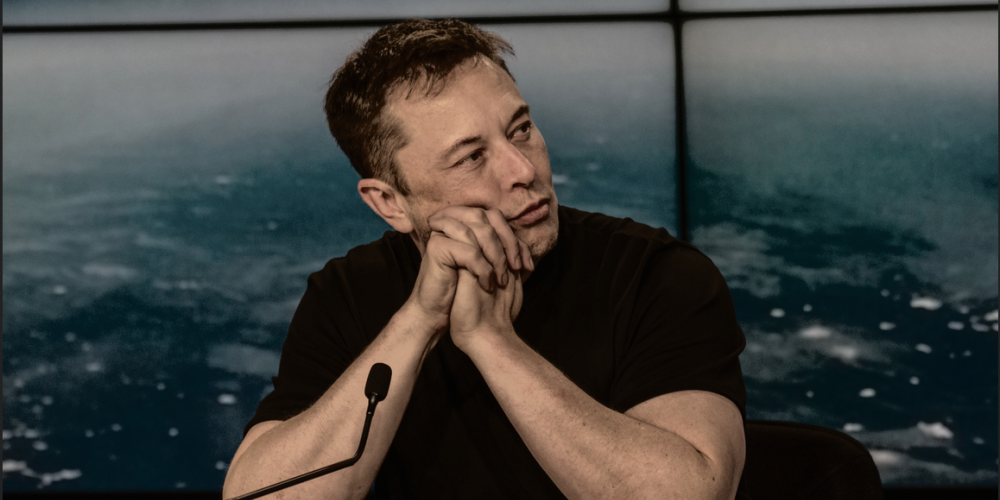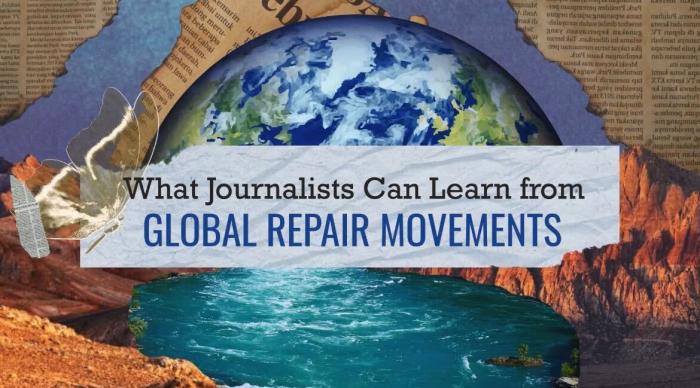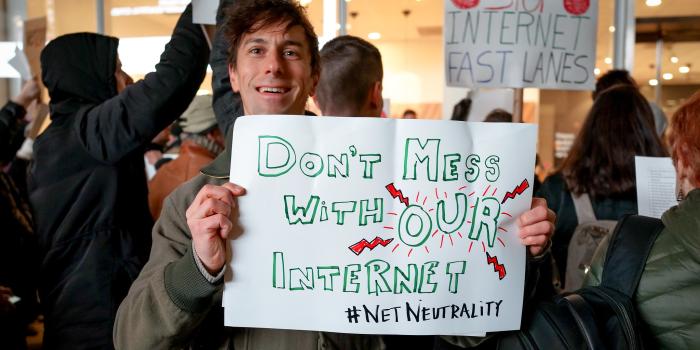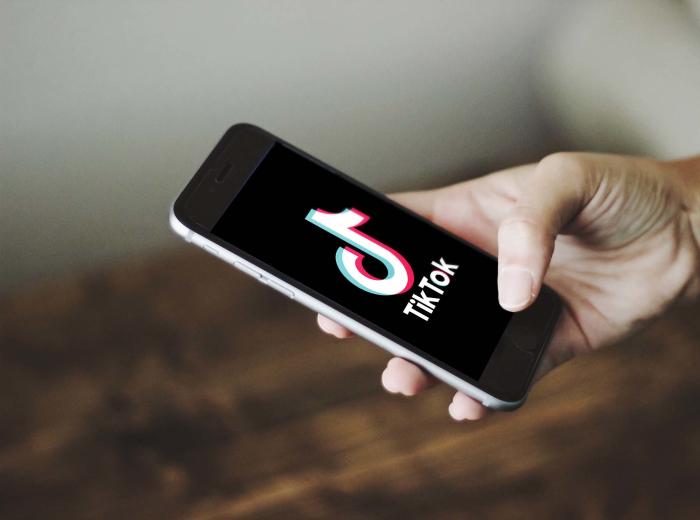The 5 Worst Decisions Musk Has Made at Twitter

Before taking over Twitter, Elon Musk vowed that the platform wouldn’t become a “free-for-all hellscape.”
That’s just one of the many promises he’s broken.
Twitter was hardly a paradise before Musk bought the company. But his reckless actions have allowed hate speech, lies and conspiracy theories to skyrocket on the platform, making it much less safe for users — and posing a grave threat to our democracy.
Here’s a look at the five most destructive decisions Musk has made:
1. Musk fired thousands of people, including core teams.
Many of the teams he gutted were tasked with keeping Twitter moderation functional. The mass layoffs included content moderators, the VP of diversity, the head of legal policy, the entire human-rights team, the ethical AI team and the communications department. Showing his appetite for vengeance, Musk also sicced his followers on former head of trust and safety Yoel Roth, who experienced death threats and harassment and had to flee his home with his family.
2. Musk reinstated Trump and other white supremacists.
After Twitter banned Trump in 2021 for using his account to incite the Jan. 6 insurrection, Musk decried the decision as a “grave mistake.” In restoring Trump’s account, Musk broke commitments he made during a meeting with Free Press Co-CEO Jessica J. González and civil-rights leaders. “Musk either changed his mind or lied,” said González. “ … Either way, Musk has proven that he is not a man of his word. He is a reckless and erratic billionaire who puts his whims ahead of concerns for the welfare of the online community.”
The move to restore Trump’s account is hardly an anomaly; Musk has granted immunity to thousands of previously suspended accounts, reinstating prominent neo-Nazis, white supremacists, conspiracy theorists, misogynists and other right-wing extremists. As my colleague Nora Benavidez explained to The Washington Post: “Musk, under the auspices of democracy, is legitimizing decisions that will have deeply dangerous consequences in the real world.”
3. Musk ditched long-standing content-moderation rules and reversed Twitter’s ban on COVID-19 misinformation.
Musk himself has spread lies about the pandemic since the beginning, once even claiming that the virus has a low mortality rate. Under Twitter’s ban, The Washington Post writes, the company had “suspended more than 11,000 accounts and removed more than 100,000 pieces of content for violating the policy.” Removing the ban will likely have horrifying consequences. “It’s a huge step backwards in a pandemic that has killed a million Americans and millions more worldwide,” health sociologist Jon Shaffer told the Post. “It’s certain to get many more people killed from covid than otherwise would.”
4. Musk banned several tech journalists.
In December, Musk — a self-described “free-speech absolutist” — banned the accounts of reporters from CNN, The New York Times, The Washington Post and other outlets after falsely claiming that the journalists had doxxed him. Most of these journalists had been actively reporting on Twitter and Musk, serving as watchdogs for the public as the company has become less and less transparent in its decision-making. As Benavidez noted, “Musk has a long track record of trying to silence people he dislikes or speech that is critical of him.” The episode showed his willingness to punish those who dare to hold him accountable.
5. Musk implemented harmful new features, including the Twitter Blue subscription service.
One of Musk’s first proactive user changes was the introduction of a pay-to-play blue checkmark that cost $8 per month. This ushered in a slew of astroturf accounts, pornographic accounts and white-supremacist users paying for the badge of authenticity. At one time, the blue checkmark was a signal of trust for audiences and followers, bringing with it the stamp of credibility. But everyone from impersonators to users with malicious intentions quickly purchased checkmarks, leading to an explosion of misinformation.
This list is just scratching the surface. Let’s not forget Musk’s early decision to remove the board of directors and disband the trust and safety council. Both actions showed that Musk doesn’t want to be accountable to anyone other than himself.
After two months of chaotic rule, Musk said in December that he would step down as CEO at some undesignated point in the future. The action came after he asked his followers in an unscientific poll whether he should resign (more than 57 percent responded “yes”). But he still owns the company and will hold far more power over its direction than any successor he appoints.
As Twitter has become more and more of a hellscape, activists and advocates are fighting back. The #StopToxicTwitter coalition, which Free Press helps lead, has pushed half of the company’s top-100 advertisers to pause their spending on the platform. To no one’s surprise, Musk has blamed the coalition for the company’s steep drop in revenues.
Twitter needs a leader who understands that social networks succeed when they put the health and safety of their users before the whims of one egotistical billionaire.





